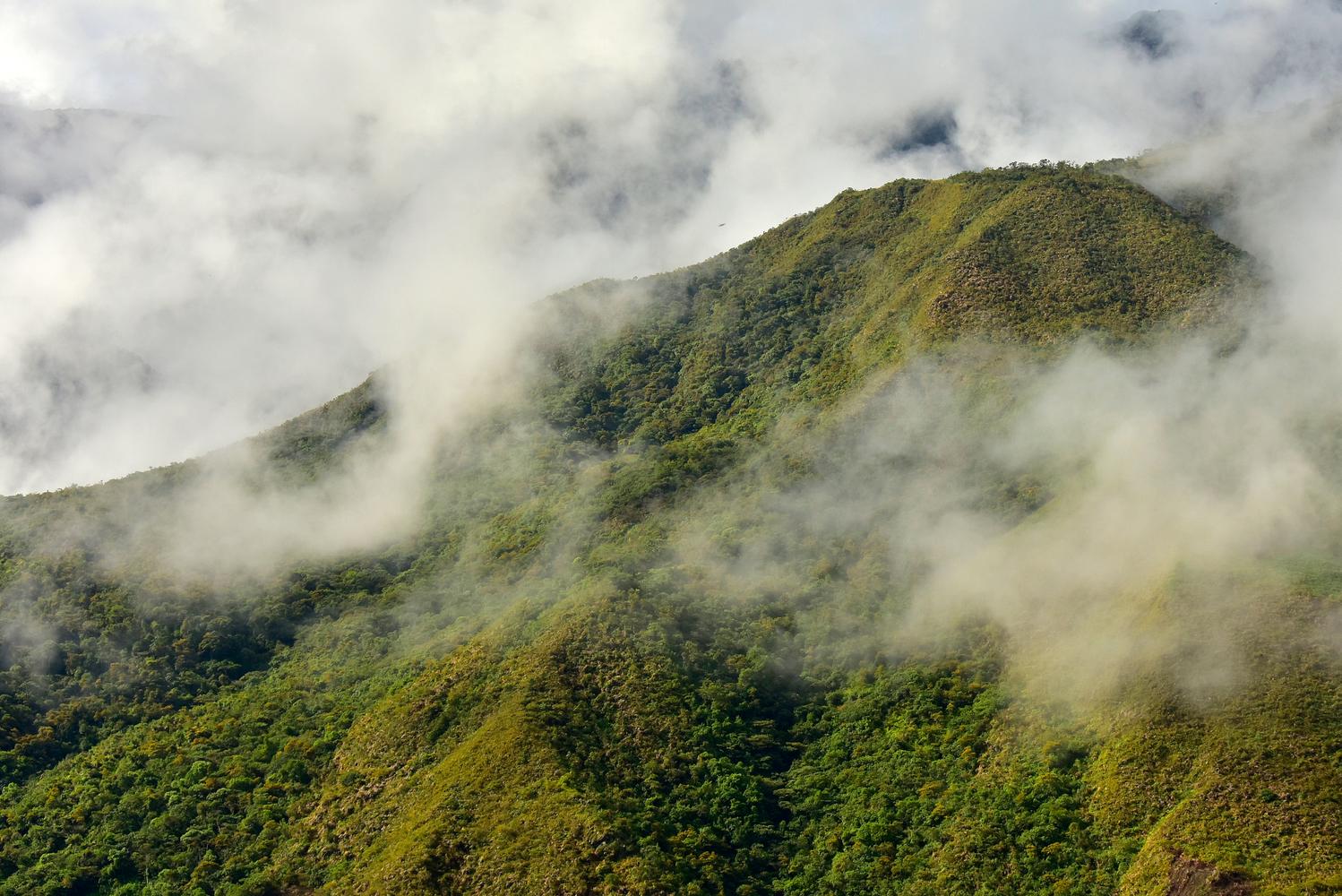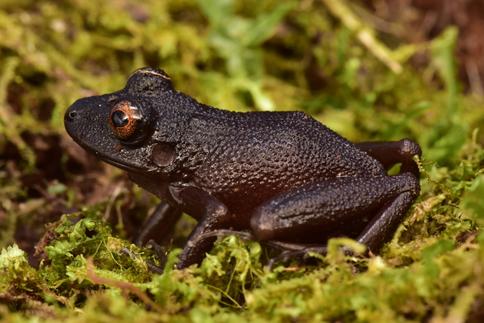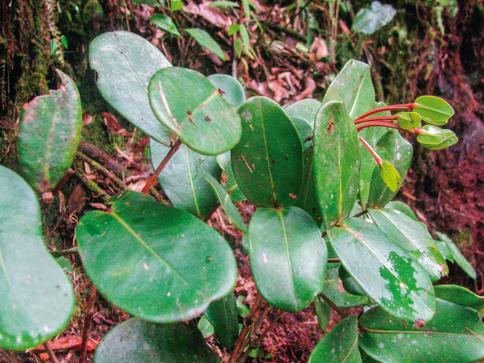
Results from a Rapid Biological Assessment of Chawi Grande in the Zongo Valley of Bolivia
High in the Andean foothills, an expedition led by Conservation International scientists uncovered 20 species new to science and rediscovered several species that had not been seen for decades.
The new species included the mountain fer-de-lance viper, the Bolivian flag snake and the Lilliputian frog, as well as four orchid and four butterfly species. Among the most exciting rediscoveries: the reclusive “devil-eyed” frog — Oreobates zongoensis — which had only ever been spotted once and was thought extinct.
About the region
Conservation International's most recent Rapid Assessment Program — expeditions that evaluate biodiversity around the world — brought 17 scientists to Chawi Grande, an area of the Hualylipaya community in the Zongo Valley near La Paz, Bolivia.
Known as the "heart" of Bolivia, the Zongo Valley is blanketed by misty cloud forests, cascading waterfalls and peaks that tower some 10,000 feet above sea level. Clouds drifting from the Amazon rainforest collide with the Andes mountains and release rain into the forests of the Zongo, which provide a haven for frogs, snakes, butterflies and plants that are found nowhere else on the planet. This largely untouched ecosystem provides a wide range of benefits: It stores carbon from the atmosphere, protects soil erosion and provides fresh water for people living near La Paz, one of Bolivia's largest cities.

Why is this work important?
Conservation International is working with the municipality of La Paz and rural communities to use the results from the rapid assessment to strike a balance between protection and production in the Zongo Valley. The goal is to help the people of La Paz create a municipal conservation area in the valley to ensure the ecosystems — and the services they provide — are protected for the well-being of local communities and the country at large.
What we found
Over the course of two weeks, a team of Bolivian researchers from partner organizations including the National Museum of Natural History of Bolivia and the Bolivian National Herbarium hiked across more than 3,000 meters (2 miles) of elevation. Of the more than 1,200 species recorded during the expedition, 770 were new to the Zongo Valley. This includes 20 species previously unknown to science and four species not seen in many years. Here are some highlights:

Fauna
Making its home under the thick carpet of moss that covers the forest floor, the “devil-eyed” frog (Oreobates zongoensis) had not been seen in more than 20 years prior to the expedition to the Zongo Valley. This black frog with striking red eyes was among 10 species of amphibians found by researchers — an important discovery as frog populations around the world are declining and even disappearing quickly. In addition, scientists found two snake species that are new to science, one an Eutrachelophis colubrid and the other a Bothrops viper.
Scientists rediscovered the butterfly Euptychoides fida, a species found only in the Zongo Valley but not seen for nearly 100 years, and successfully identified three other diurnal butterflies — each one new to science.

Flora
Of the 746 land plant species identified during the rapid assessment, eight are new to Bolivia — including the flowering Pearcea hispidissima — and at least 13 are new to science, underscoring the area’s high conservation value.
The expedition identified two plant species not seen in more than 100 years: Stromanthe angustifolia, an understory plant with folding leaves that resemble hands in prayer, was spotted after 125 years, and Alzatea verticillata, a small flowering tree previously known only from a single record in Bolivia, was rediscovered after 127 years.
Read Full Report
RAP Bulletin of Biological Assessment 70
The full assessment "A Rapid Biological Assessment of Chawi Grande, Comunidad Huaylipaya, Zongo, La Paz, Bolivia" is available for download. The 204-page report is predominantly in Spanish.